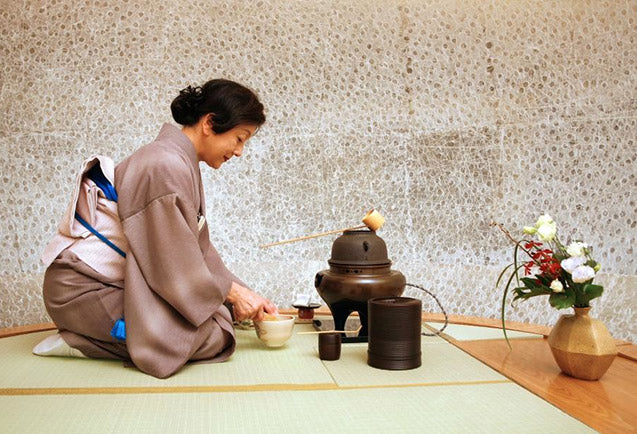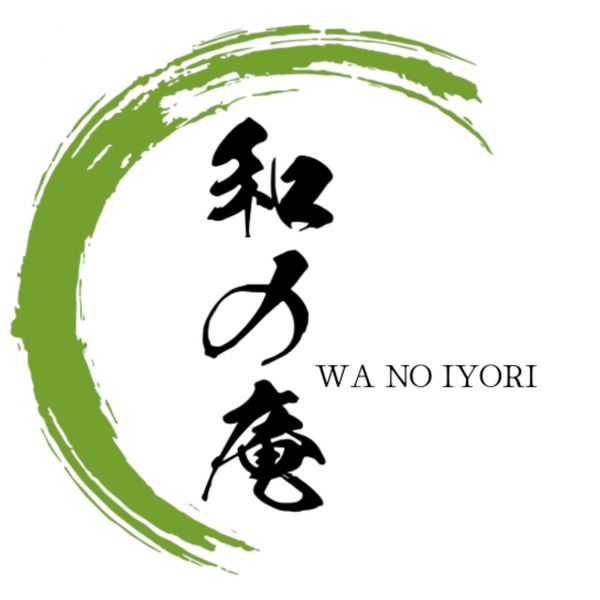
Tea Ceremony Utensils in Japanese vs. Chinese Tea Ceremonies
Aktie

Both Japan and China share a deep love for tea, yet their ceremonies differ in history, style, and symbolism. At the heart of each are the tea ceremony utensils, which reflect each culture’s values and aesthetics. Let’s explore the fascinating contrasts between these two traditions from the tools to the rituals to the meanings behind every gesture.
Origins and Philosophy
-
Chinese Tea Ceremony
Known as Gongfu Cha, this ceremony focuses on skillful brewing and the appreciation of tea’s aroma, flavor, and leaf quality. It’s rooted in Tang and Song Dynasty traditions, emphasizing hospitality and sensory experience. -
Japanese Tea Ceremony
Called Chanoyu or Sado, the Japanese tea ceremony centers on Zen-inspired mindfulness, simplicity, and harmony. Every movement and object — especially the tea ceremony utensils — embodies wabi-sabi aesthetics and a deep sense of respect.
Tea Ceremony Utensils: Key Differences
Japanese Tea Ceremony Utensils
-
Chawan (Tea Bowl) – Used for whisking and drinking matcha; designs often change with the seasons.
-
Chasen (Bamboo Whisk) – Specially crafted to froth matcha to a smooth, creamy texture.
-
Chashaku (Bamboo Scoop) – Measures the perfect amount of matcha powder.
-
Fukusa (Silk Cloth) – Used to ritually purify utensils during the ceremony.
Meaning: Each utensil is chosen for its craftsmanship, symbolism, and connection to nature. Even small imperfections are celebrated.
Chinese Tea Ceremony Utensils
-
Gaiwan (Lidded Cup) – For steeping tea leaves multiple times, allowing for a gradual flavor release.
-
Cha Hai (Fairness Pitcher) – Ensures even distribution of tea flavor for all guests.
-
Tea Filter – Removes fine leaf particles before pouring.
-
Small Aroma Cups – Used to appreciate the tea’s fragrance before drinking.
Meaning: Tools are designed for practicality, precision, and enhancing the tea’s sensory profile. The ritual celebrates the tea leaf itself more than the setting.
Ritual Flow: Japanese vs. Chinese
-
Japanese Ceremony:
-
Formal greetings and purification of utensils.
-
Slow, deliberate whisking of matcha.
-
Emphasis on silence, mindfulness, and seasonal aesthetics.
-
-
Chinese Ceremony:
-
Quick rinsing of utensils with hot water.
-
Multiple short infusions to enjoy the tea’s evolving flavor.
-
Conversation is encouraged, creating a lively social atmosphere.
-
Cultural Meanings Behind the Utensils
In Japan, tea ceremony utensils symbolize harmony (wa), respect (kei), purity (sei), and tranquility (jaku). They remind guests that beauty is found in simplicity and presence.
In China, utensils symbolize hospitality, skill, and refinement. Each tool highlights the craftsmanship of brewing and the joy of sharing tea with others.
Which Ceremony Is Right for You?
If you value meditative, minimalist experiences, the Japanese tea ceremony might speak to your soul. If you enjoy dynamic flavors, conversation, and brewing skill, the Chinese tea ceremony could be your match.
Either way, learning about the tea ceremony utensils and their meanings deepens your appreciation of tea as more than a drink — it becomes an art and a connection to centuries of tradition.
